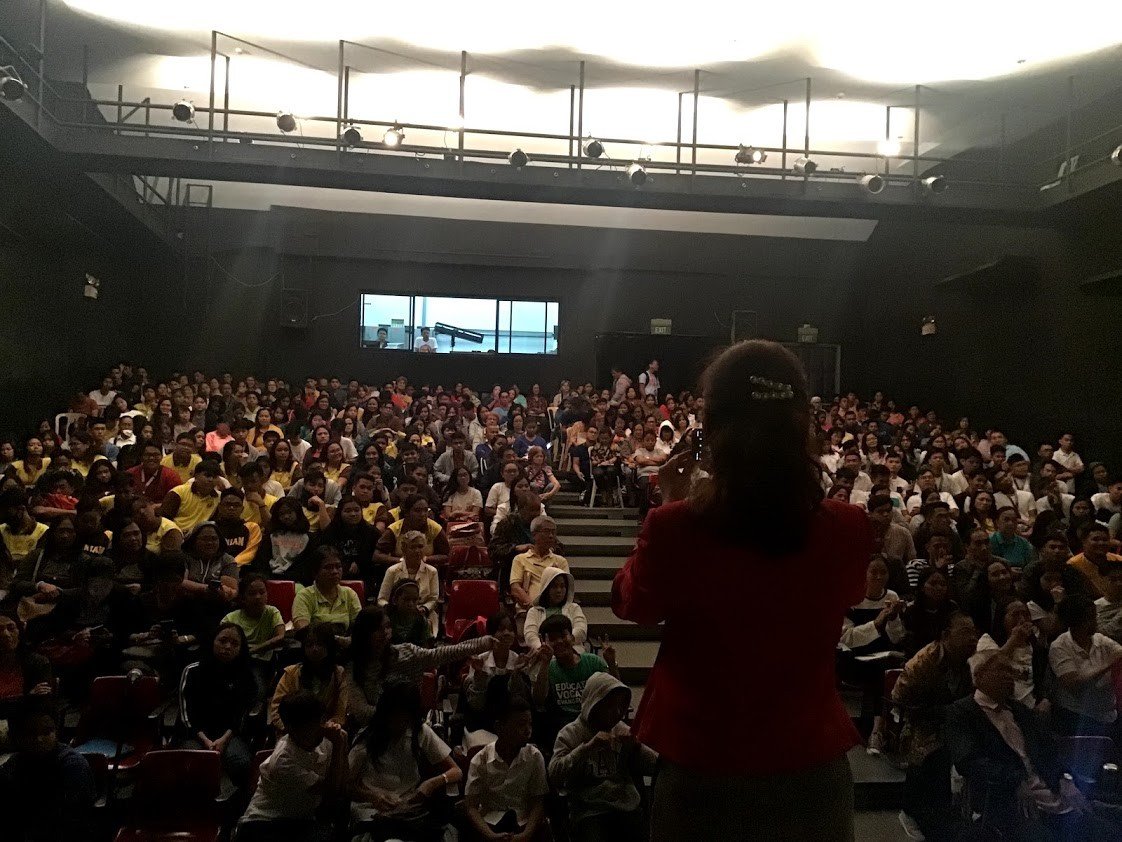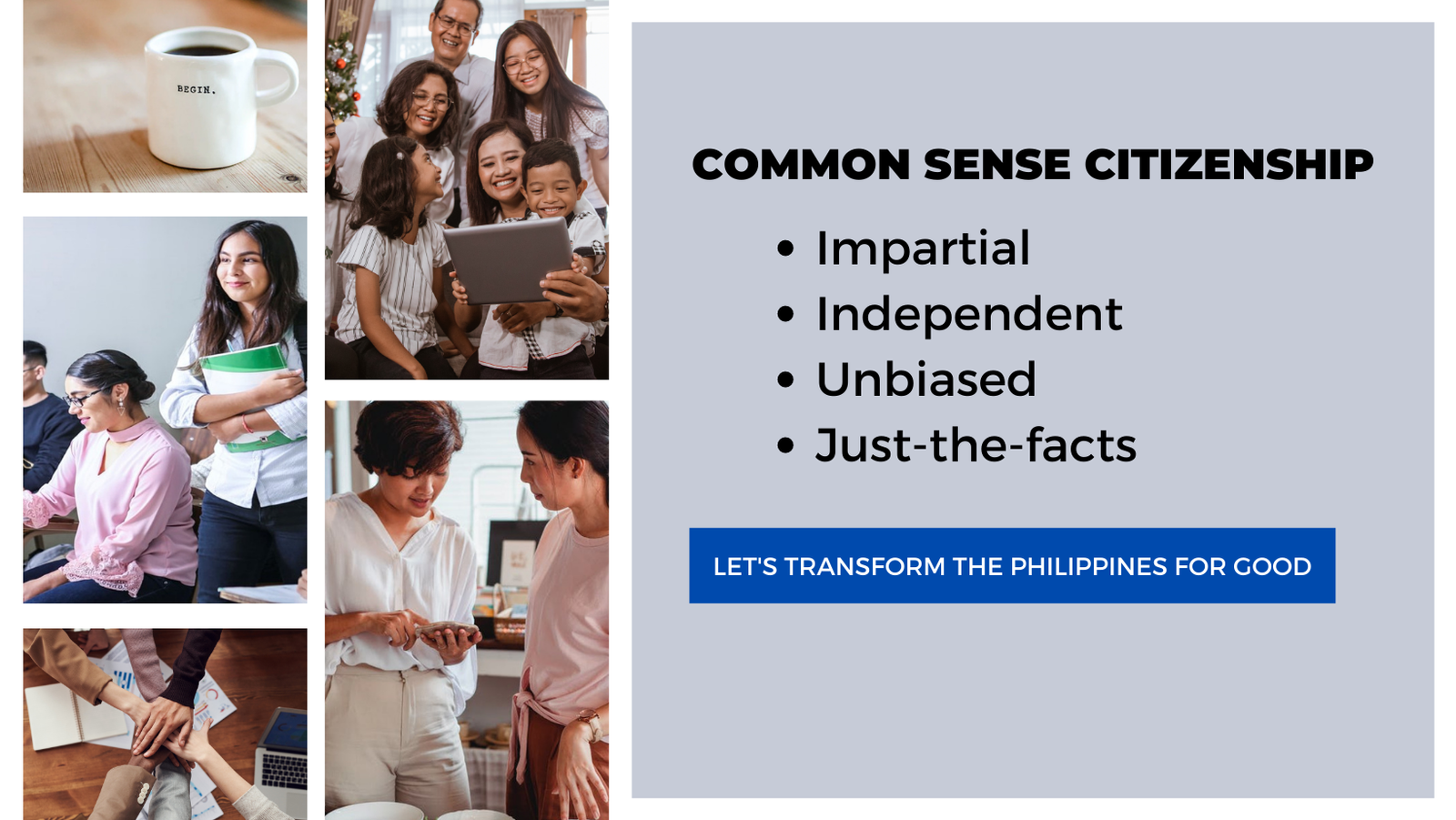The new research by Willis Towers Watson [WTW] and the World Economic Forum [WEF] found that women on average accumulate only 74% of the wealth that men have.
The study explains that the gender wealth disparity is attributed to gender pay gaps, delayed career trajectories of women, and other career interruptions.
In Asian countries, there is a cultural bias to place childcare [one reason is that women have higher maternity leave] and eldercare for working-age women.
A study made by Lusardi, Michaud, and Mitchell (JPE, 2017) shows that financial literacy (pre-pandemic) can explain more than 30% of wealth inequality.
Asia Pacific shows a slightly higher gender wealth index of 76% vs the average global wealth equity index of 74%.
Another study by Lusardi [et al 2017] revealed that the financial literacy gender gap is lower in developing countries only because both men and women have lower financial literacy levels compared to other regions.
The WTW and WEF study explains that women in the Philippines exhibit similar financial literacy to their male counterparts.
What can we do to improve the gender wealth index?
WEF offers solutions as follows:
1) Support career equity and the representation of roles: intentional career enablement, mapping of career trajectories, pay transparency, and skills architecture focused on developing women into managerial and leadership roles.
2) Build a pipeline for female talent: assess and eliminate unintended career progression barriers at lower levels of the organization.
3) Assess HR programmes and processes: understand which ones are contributing to gender pay gaps, and make improvements. For example, understand recruitment processes and initial compensation offers and how they may result in pay inequities.
4) Encourage financial literacy and confidence: facilitate financial resilience workshops and training with a focus on common traps that may befall women more than men (e.g., investing overly conservatively over a long-time horizon).
5) Ensure continuation of retirement savings contributions during career breaks: design and communicate retirement programmes considering gender diversity, to reduce the gender retirement gap.
6) Redesign caregiving benefits: encourage a fairer distribution of responsibilities between men and women and, where needed, enhance the support provided to women.
7) Promote flexibility in the workplace: the post-COVID-19 landscape has already transformed our collective view of working flexibly. Flexibility is needed to support working women in balancing career and caregiving responsibilities.
What can individuals do?
1) Empower women through financial education, pay advocacy, and proactive career advancement: to improve their personal financial outcomes.
2) Men can be active allies: by acknowledging women’s perspectives, recognizing women’s achievements, and challenging discriminatory practices.
3) Men and women can lobby governments: and compel employers to make an impactful change.
Sources:
2022 Global Gender Wealth Equity Report https://bit.ly/3VT7vJG
Gender Wealth Equity https://bit.ly/3iUxWjB
The Gender Gap In Financial Literacy: A Global Perspective https://bit.ly/3iTGdEs
















































